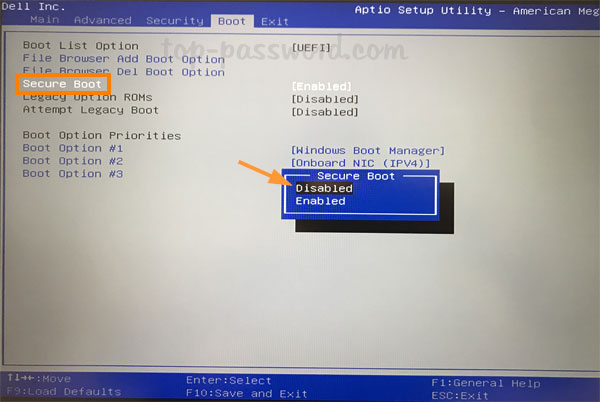

Open the SQL Server as Administrator # Launch the SQL Server in a Single User Mode # You may encounter the error 18456 if the SQL server does not have the elevated permissions to execute its operation and launching it as administrator (or disabling the UAC controls on the server) may solve the problem. Launch the SQL Server as Administrator and Disable UAC on the Server # Last but not least, make sure the server’s clock and client computer clock is correctly set.


If you are seeing the errors in the SQL errors log, then make sure your SQL server is not under attack. Furthermore, check if unlocking the account (by using the query ALTER LOGIN WITH PASSWORD= UNLOCK) solves the issue.
#Disable microsoft error reporting password#
Moreover, make sure you are typing the correct username and password (not copy-pasting the address).Īlso, check if you are entering the correct database name (no typo in it) and make sure you have updated the configuration file accordingly. You can fix the SQL server error 18456 by trying the solutions below but before that, check if restarting the server, client computer, and networking computers solves the issue. So if you find this doesn't appear to work for you sometimes, even when you know you've set the callback correctly, then you may be encountering something similar.The issue arises when the user tries to connect to the SQL server (local or remote) but encounters the error 18456 (with different states). That seemed to be a bug in their code, but regardless I had to take extra steps to ensure that my desired callback was at least restored when it was supposed to be after their control was shutdown. And even worse, it failed to restore the original callback when it was destroyed. I once encountered an ActiveX control that would set its own callback when instantiated. However, there's something else to note about this: Any time you bring in 3rd-party components (DLLs, OCXs, etc) there is a risk that one of them may also call SetUnhandledExceptionFilter and thus replace your callback with their own. That should do what you want - allow any crashes of that particular program to die silently. Say we've handled it, so that the standard crash dialog is inhibited.Īnd somewhere in your program (probably as early as possible) set the callback: SetUnhandledExceptionFilter(UnhandledExceptionCallback) Allow normal crash handling, which means the debugger will take over. Make a function something like this: LONG WINAPI UnhandledExceptionCallback(PEXCEPTION_POINTERS pExceptPtrs) In that case, it's easy and should be safe regardless of what parts of the process the crash may have affected. However, from the way the issue is described, it doesn't sound like you want to do anything except tell the system not to put up the normal crash dialog. He also makes some good points about not being able to do too much within the callback because various parts of the process could be in an unstable state. Hans Passant's answer about SetUnhandledExceptionFilter is on the right track. Which is exactly how the Microsoft WerFault helper works. Including showing a message, taking a minidump. The helper can do pretty much anything it wants when it sees the event signaled. Give it the exception info it needs with a memory-mapped file. Wake it up by signaling a named event in your callback. The only safe thing to do is to have a helper process that guards your main process. Deadlock is always lurking around the corner too, ready to just lock up the program without any diagnostic at all. Trying to do something like displaying a message box to let the user know is troublesome when the heap is toast. Which often is tripped by heap corruption. The program has died with, invariably, something nasty like an AccessViolation exception. It will be called when nobody volunteers to handle the exception, just before the Microsoft WER dialog shows up.Īctually doing something in that callback is fraught with trouble. Call SetUnhandledExceptionFilter() in your main() method to register a callback.


 0 kommentar(er)
0 kommentar(er)
